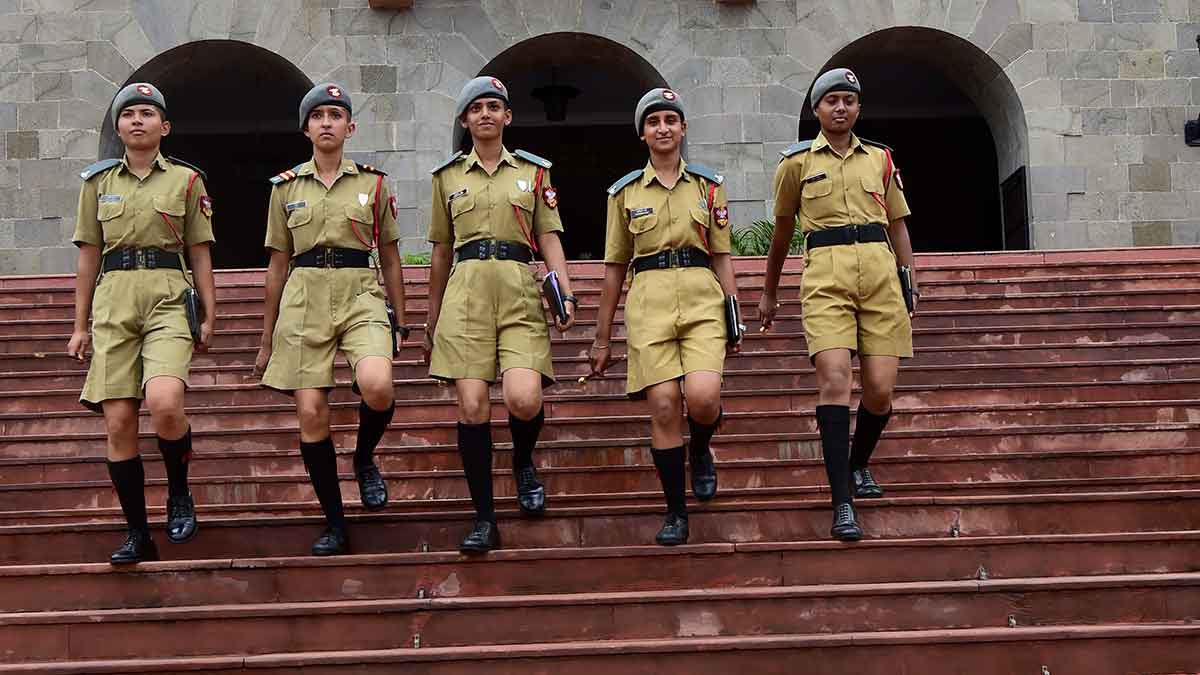LASTING CHANGE OFTEN comes without fanfare. Like a running stream cutting into rock, like a sliver of water becoming a river. This week’s cover marks a historic moment for us as a nation, as the first batch of women officers graduate from the National Defence Academy, Khadakwasla.
To be recognised as a barrister, Cornelia Sorabji had to wait 26 years after passing the exam. She became India’s first female lawyer in 1923. Justice Anna Chandy became our country’s first female munsiff (1937), first female district judge (1948) and first female High Court judge (1959). It has been 74 years since we got our first woman IAS officer, Anna Rajam Malhotra (née George). Thirty-four years ago, Justice Leila Seth broke fresh ground by becoming chief justice of the Himachal Pradesh High Court.
In the Army itself, in 1993, Major Priya Jhingan became the first female officer—the first of 25 lady officers who were commissioned that year. Jhingan graduated from the Officers Training Academy, Chennai. Many other Indian women have broken the glass ceiling to claim their place in the sun.
So, do the 17 lady officers from the NDA realise the weight of history on their shoulders? I am sure they do, and as the father of a woman and grandfather of two girls, I could not be prouder of the 17. I am also certain, dear reader, that you will love Principal Correspondent Pooja Biraia’s article as much as I did.
Another interesting article in this issue is Senior Assistant Editor Sanjib Kr Baruah’s take on how the Pakistani Army and Field Marshal Asim Munir have a finger in every financial and political pie in the country. Adil Raja, a former Pakistani Army officer, challenged Baruah to name a business and he would name the army unit involved in it. “Shoemaking?” said Baruah, and Raja gave him the name of the unit, as promised.
Chiefs of Bureaux Dnyanesh Jathar and Lakshmi Subramanian, Senior Special Correspondent Prathima Nandakumar and Special Correspondent Rahul Devulapalli cover the heartbreaking saga of farmer suicides in India. Debt stress, price crashes, pest and climate change… the pressure points are too many.
A decade or so ago, THE WEEK reported from Ankoli, Solapur, about the Deshpandes—Sumangala and Arun—who refused to celebrate Diwali until there are no farmer suicides in a calendar year. In Malayalam, there is a saying: Uzhuthunnavane thozhuthunnanam (Before you eat, bow to the one who ploughs). If all of us did that, policymakers included, Diwali would visit the Deshpandes, and farming families would not have to go through heartbreak after heartbreak.
Chief of Bureau Namrata Biji Ahuja looks at the collapse of the CPI (Maoist) command structure with the killing of party general secretary Nambala Keshava Rao aka Basavaraju. The article is supported by interviews with Vijay Sharma, deputy chief minister of Chhattisgarh and Gyanendra Pratap Singh, director general, CRPF.
Coming back to the cover, I am reminded of a clause in Anna Rajam Malhotra’s letter of appointment to the IAS in 1951: “In the event of marriage, your service will be terminated.” Thankfully for her and all women civil servants, this order was withdrawn in 1953. I am told that she married a batch-mate when both were in their 50s—the 17th governor of the Reserve Bank of India, R.N. Malhotra.
Being outstanding bureaucrats, both were honoured with the Padma Bhushan. And, interestingly, she got it a year before he did.


